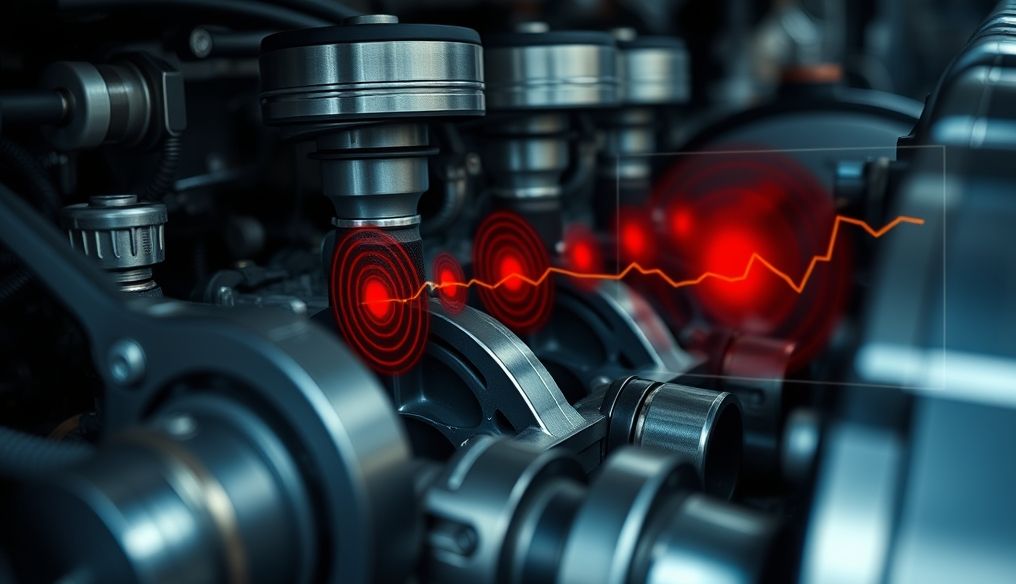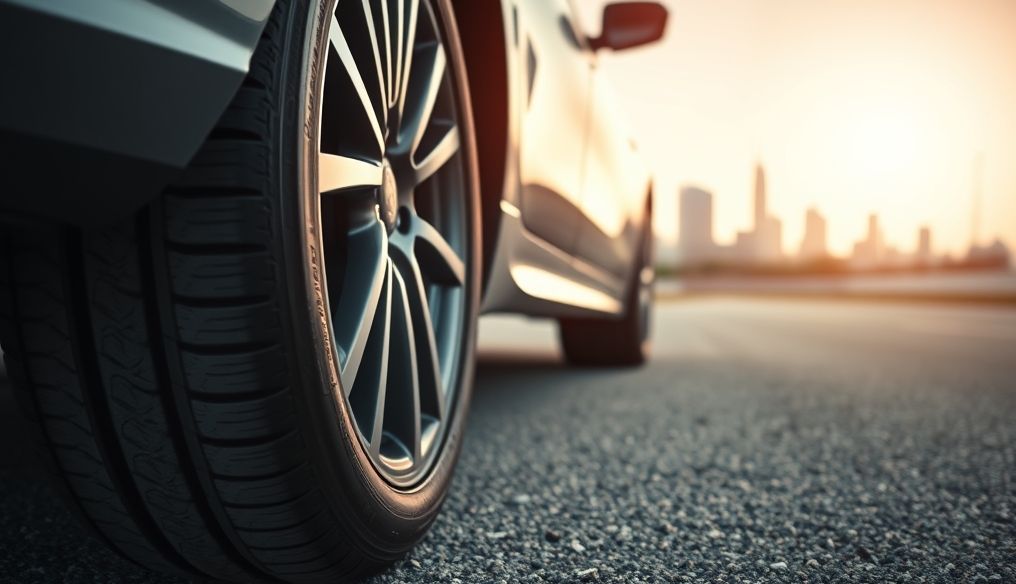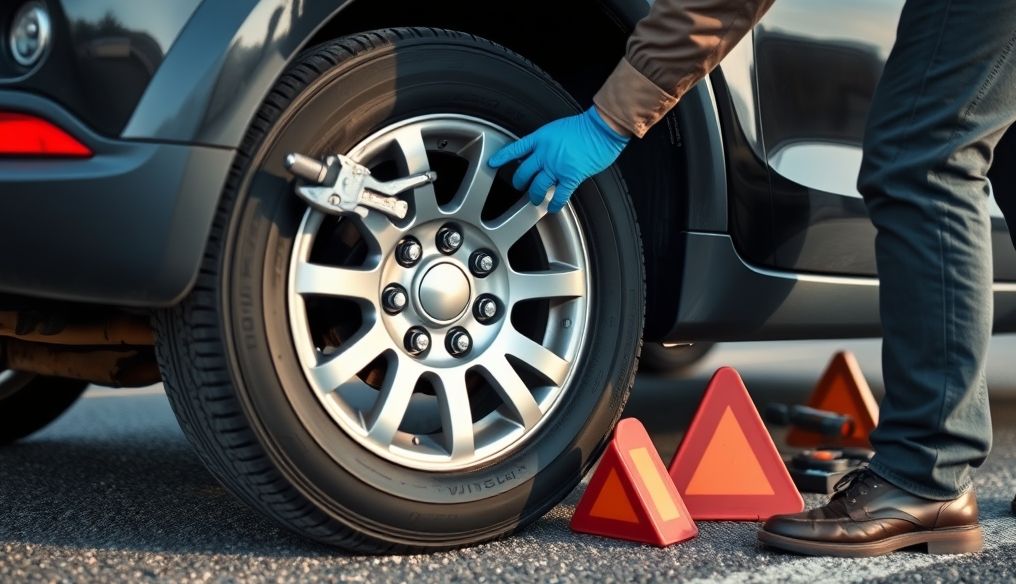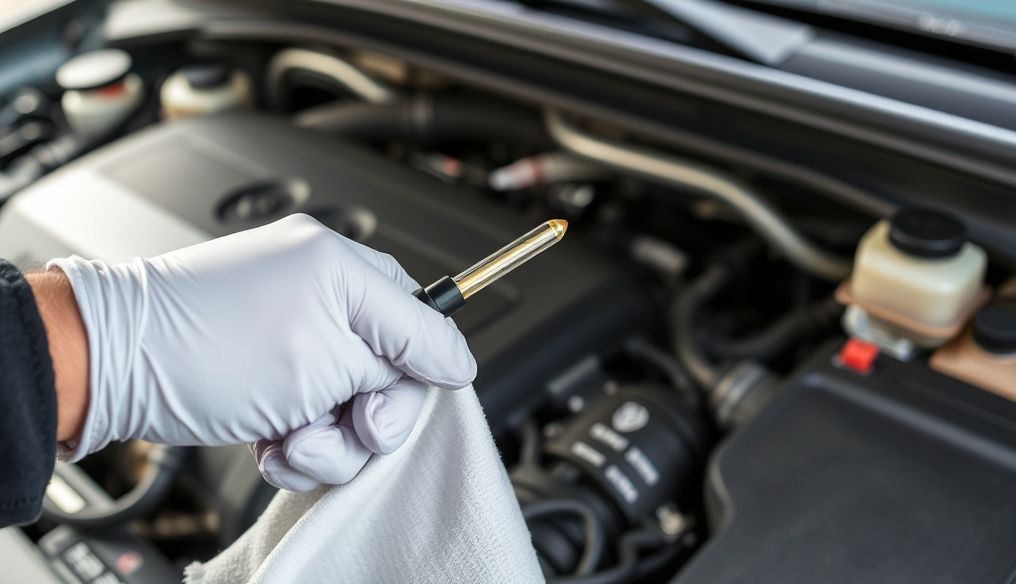Does Sporty Driving Damage Your Car Engine in the Long Run?
Sporty driving, also known as dynamic or aggressive driving, is a driving style characterized by rapid acceleration, frequent braking, sharp turns, and using a wide range of engine revolutions per minute (RPM). While it can be fun and exciting, it has significant effects on the car engine and its other parts in the long run. This article will discuss these effects in detail and how to mitigate their negative impacts.
1. Defining Sporty Driving and Its Components
Sporty driving is not just high speed, but a set of behaviors that put extra stress on the car. These behaviors include:
- Rapid Acceleration: Quickly accelerating from a standstill or significantly increasing speed in a short amount of time.
- Frequent and Hard Braking: Using the brakes forcefully to slow down the car quickly, especially before turns or in sudden stops.
- Sharp Turns: Entering turns at high speed, putting stress on the suspension system and tires.
- High Engine RPM: Driving at high speeds and using low gears for extended periods, increasing engine heat and stress.
2. Impact of Sporty Driving on the Car Engine
Sporty driving puts a lot of stress on the car engine, leading to:
2.1. Increased Engine Wear
Driving at high RPM increases the friction of internal engine parts, such as pistons, valves, and the crankshaft. This friction leads to faster wear of these parts, reducing the engine's lifespan. For example, a study by the Society of Automotive Engineers (SAE) showed that aggressive driving can increase piston wear by up to 40%.
2.2. Increased Engine Temperature
When the engine operates under high stress, it generates more heat. If the cooling system cannot handle this excess heat, the engine temperature may rise dangerously, potentially damaging internal components such as the cylinder head and head gaskets. High temperatures can also alter the properties of engine oil, reducing its ability to lubricate parts effectively.
2.3. Increased Oil Consumption
Sporty driving increases engine oil consumption. High heat and increased pressure can cause the oil to evaporate or leak through the piston rings. Additionally, the oil may crack and lose its viscous properties, reducing its ability to effectively lubricate moving parts. Lack of oil can lead to significant engine damage.
2.4. Damage to the Exhaust System
Sporty driving increases pressure on the exhaust system, which can damage the catalytic converter and muffler. The high heat generated by combustion can cause these components to corrode faster.
3. Impact of Sporty Driving on Other Car Parts
In addition to the engine, sporty driving affects other parts of the car:
3.1. Brake System
Frequent and hard braking leads to faster wear of brake pads and brake discs. You may need to replace these parts more often if you drive in a sporty style. Additionally, high brake temperatures can lead to brake fade, a condition where the brakes lose effectiveness due to overheating.
3.2. Suspension System
Sharp turns and driving on rough roads put stress on the suspension system, which can damage the shocks and ball joints. You may need to replace these parts more often if you drive in a sporty style.
3.3. Tires
Sporty driving increases tire wear. Rapid acceleration, frequent braking, and sharp turns put stress on the tires, leading to faster tread wear. You may need to replace tires more often if you drive in a sporty style.
3.4. Transmission
Sporty driving, especially in cars with manual transmissions, puts stress on the transmission. Changing gears quickly and frequently can lead to wear of gears and synchronizers. In cars with automatic transmissions, high oil temperatures can damage the transmission.
4. How to Reduce the Impact of Sporty Driving?
Although sporty driving can be fun, it is important to take steps to reduce its negative impact on the car:
- Regular Maintenance: Perform regular maintenance on the car according to the maintenance schedule recommended by the manufacturer. This includes changing the oil regularly, checking the cooling system, and checking the brakes and tires.
- Use High-Quality Oils: Use high-quality engine oils designed to withstand harsh conditions. These oils provide better engine protection and reduce wear.
- Drive Carefully: Try to avoid rapid acceleration, frequent braking, and sharp turns as much as possible. Smooth driving reduces stress on the car.
- Check the Cooling System: Make sure the cooling system is working properly. Check the coolant level regularly and make sure there are no leaks.
- Use Engine Braking: Use engine braking to reduce reliance on the car's brakes. Engine braking uses engine resistance to slow the car, reducing brake pad wear.
- Warm-Up and Cool-Down: Before sporty driving, warm up the engine well. After sporty driving, allow the engine to cool down before turning it off. This helps prevent component damage due to sudden temperature changes.
5. When is Sporty Driving Acceptable?
Sporty driving is not always harmful. In some cases, it may be necessary or acceptable:
- In Emergencies: You may need to drive in a sporty style to avoid an accident or to get out of a dangerous situation.
- On Race Tracks: Race tracks are designed to provide a safe environment for sporty driving. If you want to experience sporty driving, it is best to do so on a race track.
- In Certain Weather Conditions: In bad weather conditions, such as rain or snow, you may need to drive carefully and avoid sporty driving.
6. Additional Tips for Maintaining Your Car
In addition to the tips mentioned above, here are some additional tips for maintaining your car:
- Check Tire Pressure Regularly: Maintain the tire pressure recommended by the manufacturer. Properly inflated tires provide better performance and reduce tire wear.
- Clean the Car Regularly: Clean the car regularly to remove dirt and salts that can cause paint corrosion.
- Store the Car in a Covered Place: If possible, store the car in a covered place to protect it from the elements.
- Drive Consciously: Be aware of your surroundings and anticipate potential hazards. Conscious driving reduces the likelihood of accidents.
7. Conclusion
Sporty driving can be fun, but it puts extra stress on the car engine and its other parts. By taking steps to reduce the impact of sporty driving, you can extend the life of your car and avoid costly repairs. Regular maintenance, using high-quality oils, and driving carefully are all effective ways to reduce stress on the car. Remember that safe and responsible driving is always best, whether you are driving in a sporty style or not.
8. Frequently Asked Questions About Sporty Driving
Q: Does sporty driving increase fuel consumption?
A: Yes, sporty driving significantly increases fuel consumption. Rapid acceleration and frequent braking require large amounts of fuel.
Q: Does sporty driving affect the car's resale value?
A: Yes, sporty driving can reduce the car's resale value. If the car has been subjected to frequent sporty driving, there may be more wear in the engine and other parts, reducing its value.
Q: Can I improve my car's performance for sporty driving?
A: Yes, there are many ways to improve your car's performance for sporty driving. You can install a sports suspension system, upgrade the brakes, use high-performance tires, and modify the engine to increase its power.




